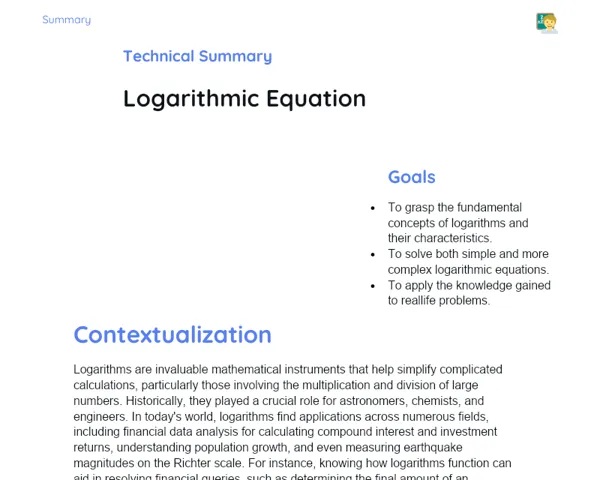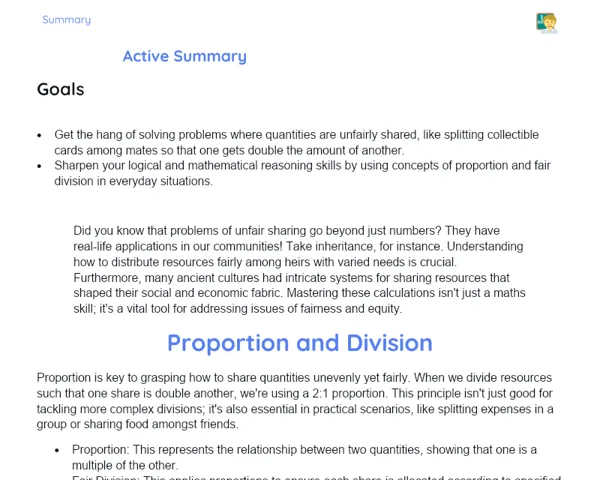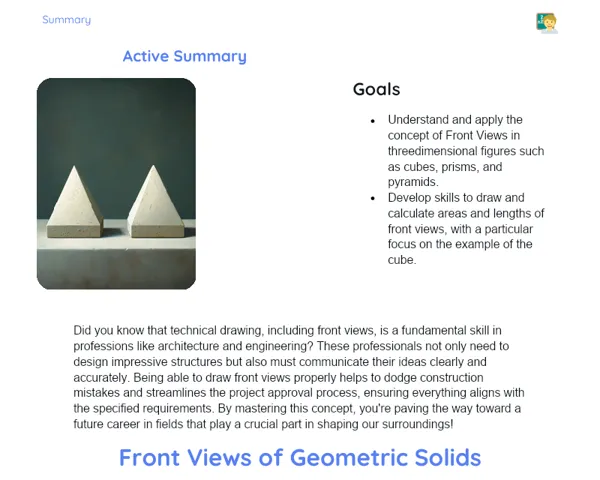Goals
1. Develop the ability to add numbers up to 3 digits, using different methods.
2. Develop the ability to subtract numbers up to 3 digits, using various techniques.
3. Tackle real-life problems involving the addition and subtraction of numbers up to 3 digits.
Contextualization
Addition and subtraction are basic mathematical skills that we apply daily – whether we're at the shops, managing our time, or sharing tasks. Being able to add and subtract numbers up to three digits is crucial for addressing practical issues in everyday life, and it lays the groundwork for advanced math skills. For instance, when you’re going grocery shopping and need to total the prices of your items to stick to your budget, or when you’re figuring out your change after a cash payment.
Subject Relevance
To Remember!
Addition of Numbers Up to 3 Digits
Addition is a key mathematical operation that entails summing two or more numbers to find a total. For numbers with up to three digits, it’s essential to practice both with and without strategies to grasp the process fully.
-
Grasp the idea of addition as combining amounts.
-
Practice adding numbers with and without using strategies.
-
Work through practical problems that require adding numbers up to 3 digits.
Subtraction of Numbers Up to 3 Digits
Subtraction involves taking one number away from another to determine the difference. Learning to subtract numbers up to 3 digits is vital for solving real-life issues and comprehending the concept of 'taking away' or 'separating'.
-
Understand subtraction as taking away or separating quantities.
-
Practice subtracting numbers with and without using strategies.
-
Solve practical issues involving the subtraction of numbers up to 3 digits.
Solving Practical Problems
Using addition and subtraction to address real-world problems helps give meaning to the learning process. Scenarios can include shopping, budgeting, and managing change.
-
Apply addition and subtraction in day-to-day situations.
-
Tackle problems that involve adding and subtracting numbers up to 3 digits.
-
Practice using math operations in real-life scenarios, like market simulations.
Practical Applications
-
Managing a household budget by adding up expenses and deducting costs to stay financially balanced.
-
Calculating change when shopping by summing item prices and subtracting the payment made.
-
Organising events by adding up the time required for various tasks and subtracting the hours available.
Key Terms
-
Addition: The mathematical operation of combining two or more quantities.
-
Subtraction: The mathematical operation of removing one quantity from another.
-
Algorithm: A method or set of procedures for performing calculations.
Questions for Reflections
-
How does knowing how to add and subtract help you in your daily activities?
-
Have you ever had to budget or determine change? What did that experience teach you?
-
Why is it beneficial to practice both with and without the use of strategies when learning addition and subtraction?
Fictional Market Challenge
Let’s put our understanding of addition and subtraction to the test with a fun mini-challenge.
Instructions
-
Imagine you have R500 to spend on a pretend shopping list.
-
Select items from a fictional list with different prices.
-
Total the prices of the chosen items to make sure you don’t exceed R500.
-
Calculate the change you’d get if you paid with a R500 note.
-
Jot down your calculations on a piece of paper and see if they’re accurate.



